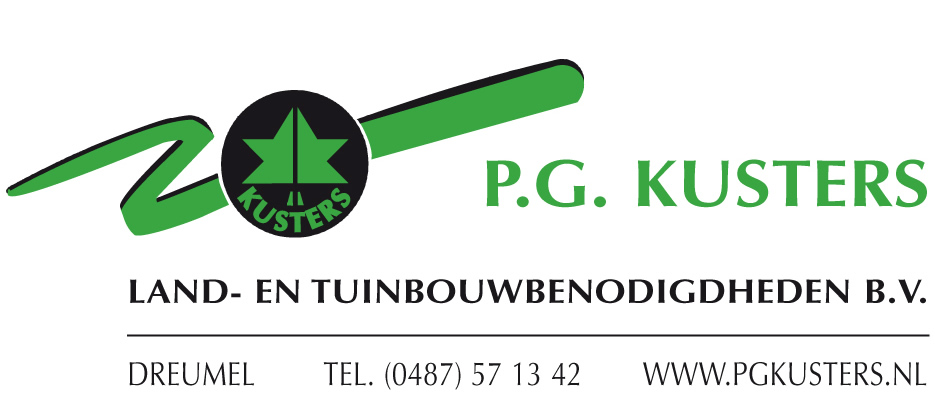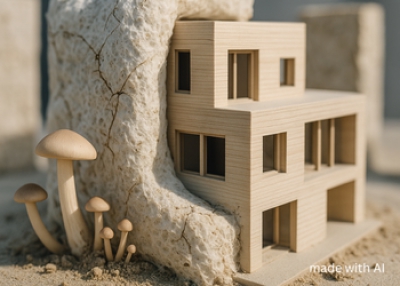Researchers across Europe are developing new building materials made from mycelium—the root-like network of fungi—that grow on agricultural waste.
These materials, part of the EU-funded Fungateria initiative, aim to create construction elements that are sustainable, adaptable and self-repairing.
Some key points:
-
The team uses the fungus Schizophyllum commune grown on waste feedstocks to produce lightweight composites with properties similar to wood or foam.
-
These “living materials” can respond to their environment: for example, walls that close cracks themselves, or panels that absorb CO₂ and clean the air.
-
The materials are designed so growth can be safely controlled — for instance by using light or engineered bacteria to stop fungal growth when required.
-
The environmental potential is significant: using fungal composites could reduce waste and CO₂ emissions compared to traditional building materials
Read the full article here.





















